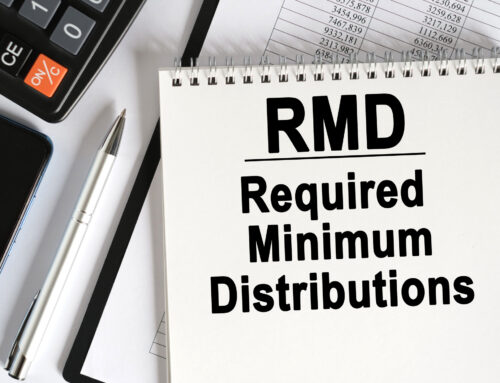
It’s not enough to save for retirement, you have to plan for it. And planning for retirement is more than deciding where to go on a trip or when to start collecting Social Security – it’s anticipating your healthcare needs as you age, including your long-term care needs. These are often distinct from medical costs, and include help with daily activities like bathing, housekeeping, and mobility. Since most long-term care costs are not covered by Medicare, they can end up in our blind spots when we’re planning for retirement.
Many Americans don’t consider the fact that they will likely require some form long-term care during their lifetime. In fact, 70% of people aged 65 today will, according to the government. This means that even if you don’t end up needing long-term care, your spouse probably will. And according to a Bipartisan Policy Center report, a 65 year old today can expect to spend $138,000 on long-term care costs over their lifetime. Even if you’ve taken the rising cost of healthcare in retirement into account, you may not have considered that the average cost for a year in an assisted living facility is $45,000 and a year in a nursing home is $97,000.
There are a few different ways to pay for long-term care such as Medicare and Medicaid, traditional long-term care insurance, and using your personal savings. There are a few long-term care myths, and one is that all costs are covered by Medicare. Medicare only provides limited benefits for long-term care, and does not cover extended stays in nursing homes or non-skilled living assistance. Medicaid benefits are typically only available after you’ve depleted your savings.
Long-term care insurance is becoming more expensive, but if you already have a long-term care policy, it is typically less expensive to keep it rather than buy a new one. The older you get, the more expensive a policy tends to be. If you don’t have a policy and plan on using your savings, keep in mind that withdrawing large amounts from your traditional retirement accounts may have a significant impact on your taxes.
It’s likely that relatives will be involved with long-term care, whether by contributing money, time, or making decisions on behalf of the person needing long-term care. That’s why it’s important to start planning now with your relatives and a financial planner to avoid placing too large of a burden on your family members when it comes to daily activities like bathing, housekeeping, and mobility.
At Epstein & White, we can help you take long-term care costs into account when creating a retirement plan. There may be many retirement costs in your blind spot, and long-term care is a significant one. Don’t wait until you need long-term care to figure out how to pay for it, click here to schedule your no cost, no obligation financial review today.




